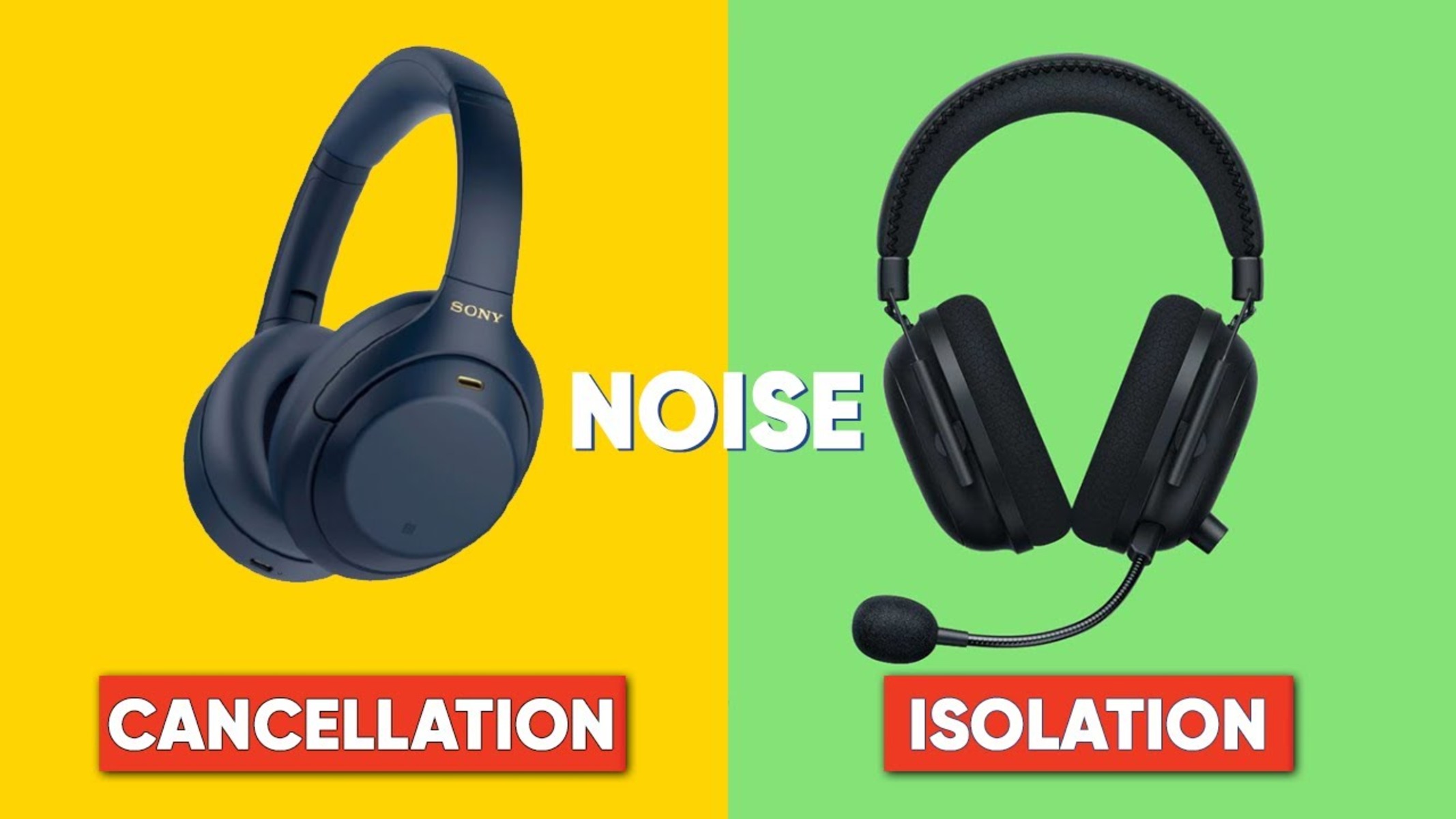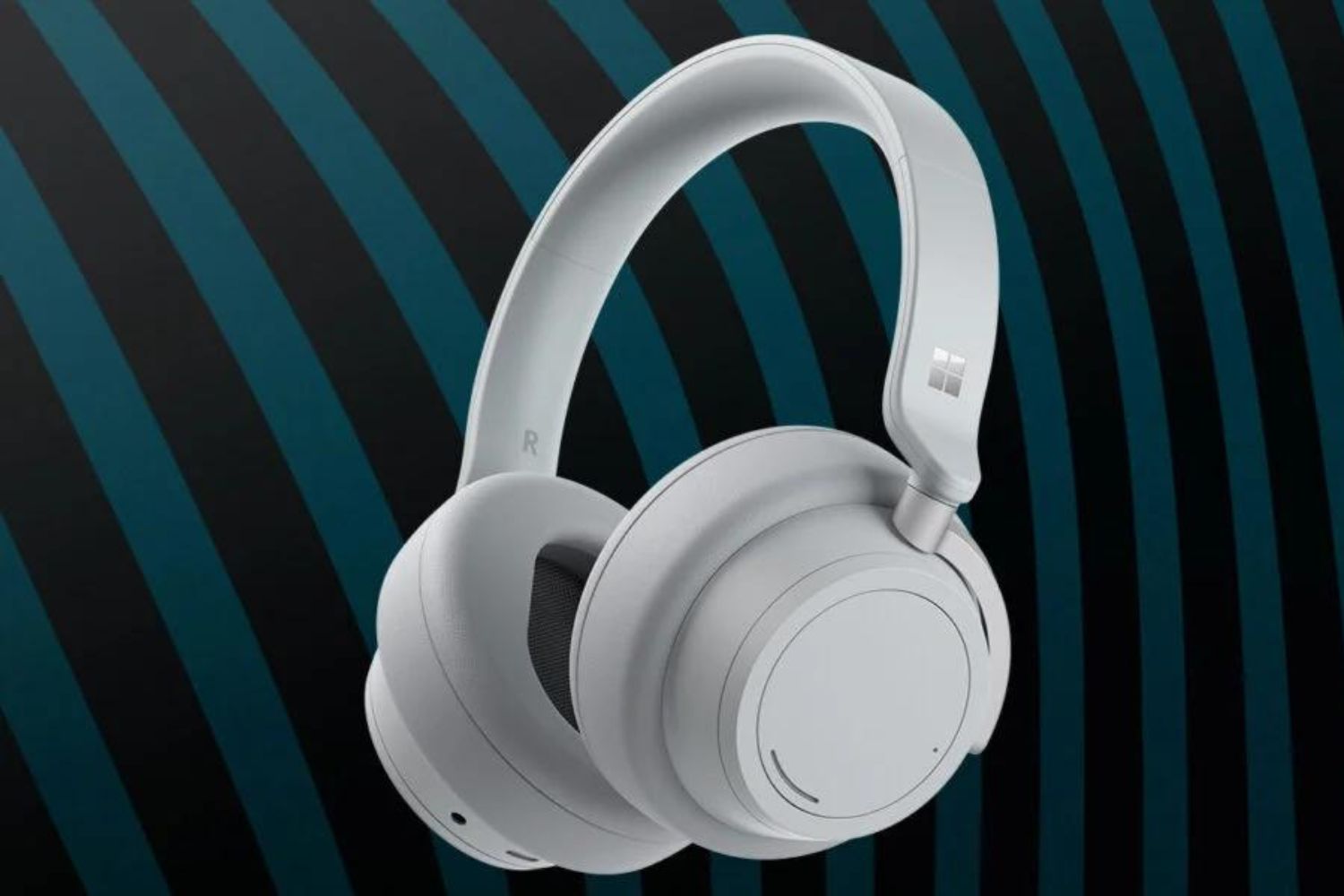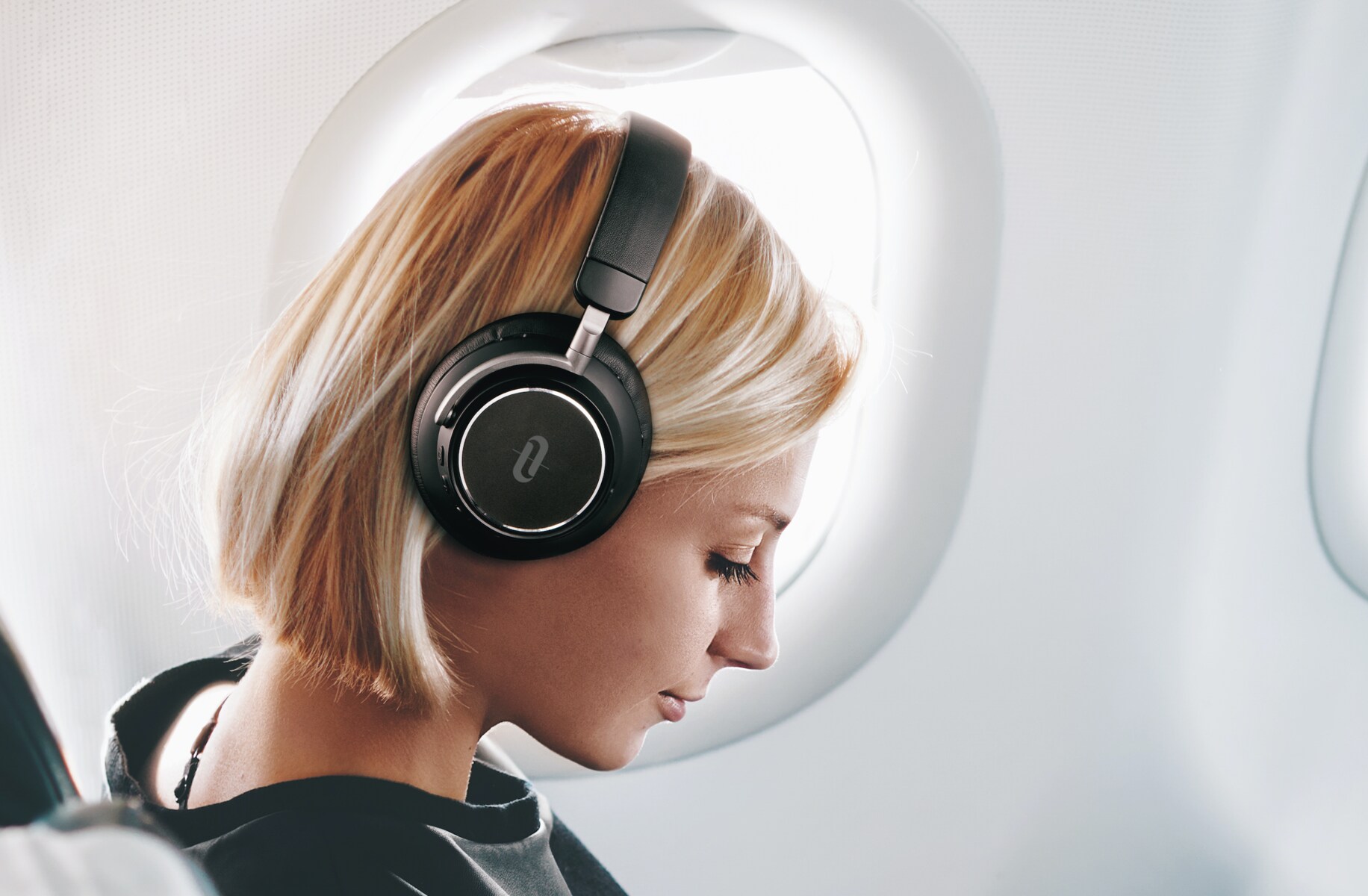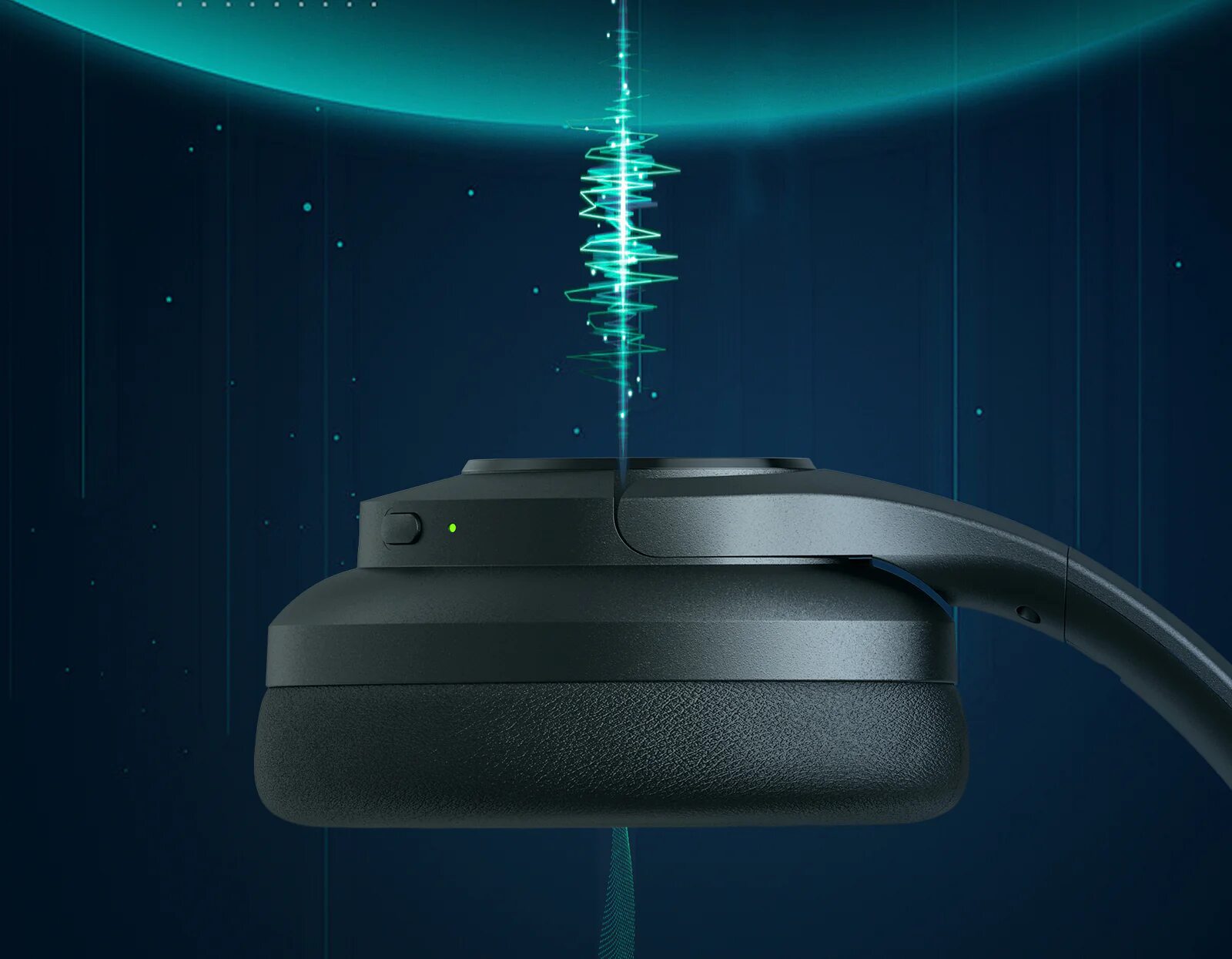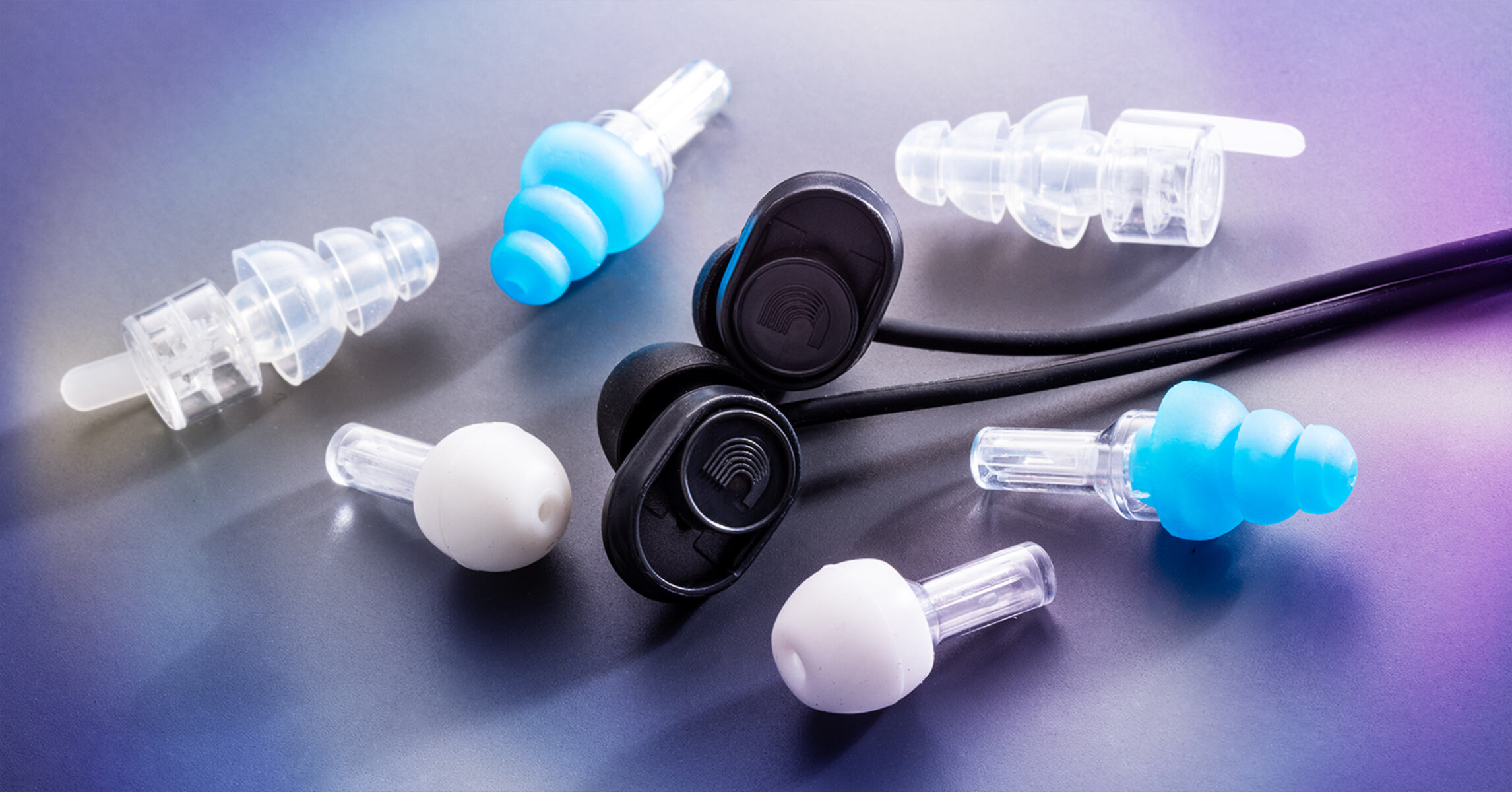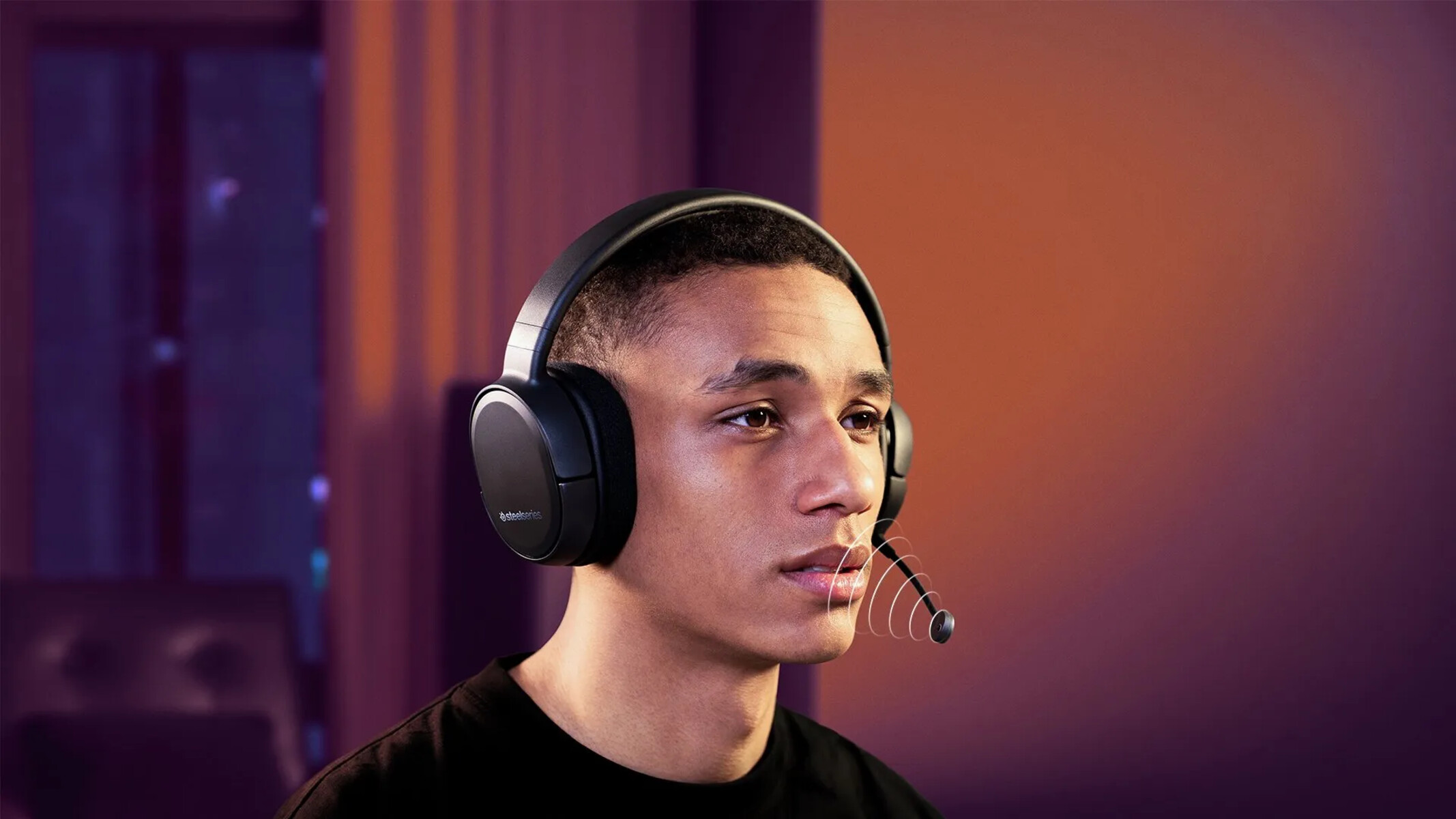Introduction
Noise is a constant presence in our lives, whether it’s the sound of traffic on a busy street or the chatter of coworkers in an office. For those seeking some respite from the cacophony, there are two main options: noise isolation and noise cancellation. While both techniques aim to reduce unwanted noise, they work in different ways and have distinct advantages and limitations.
Noise isolation is a passive method that physically blocks external sounds from reaching the ears. It relies on the design and construction of headphones or earbuds to create a seal around the ears or within the ear canal, preventing outside noise from seeping in. On the other hand, noise cancellation is an active technique that uses electronic circuitry and external microphones to counteract incoming sounds.
Understanding the differences between noise isolation and noise cancellation can help you make an informed decision when choosing the right option for your needs. This article will provide an overview of both techniques, explaining how they work, their pros and cons, and the key factors to consider when deciding which one is best for you.
Overview of Noise Isolation
Noise isolation, often referred to as passive noise reduction, is a method that relies on physical barriers to block external noise from reaching the ears. It is commonly used in headphones, earphones, and earplugs to provide a quieter listening experience.
The primary goal of noise isolation is to create a tight seal around the ears or within the ear canal, effectively preventing outside noise from entering. This is achieved through the design and construction of the audio device, including the shape of the ear cups, ear tips, and the materials used.
When you wear noise-isolating headphones, for example, the ear cups fit snugly around your ears, forming a barrier that reduces the amount of external noise that can reach your ears. Similarly, noise-isolating earphones use specially designed ear tips that create a seal within your ear canal, minimizing the intrusion of unwanted sounds.
Achieving effective noise isolation requires a proper fit. If the seal is not tight, external sounds can still leak in, diminishing the effectiveness of the noise isolation. That’s why it’s crucial to choose headphones or earphones that come with different sizes of ear tips or adjustable headbands to accommodate various ear shapes and sizes.
The benefits of noise isolation are twofold. Firstly, it prevents outside noise from distorting the audio produced by the device, allowing you to experience audio with greater clarity and detail. Secondly, by reducing the need to turn up the volume to drown out ambient noise, it can contribute to healthier listening habits by minimizing the risk of hearing damage.
While noise isolation can be highly effective, it does have its limitations. It is more effective at blocking out constant noises, such as engine sounds or air conditioning units, rather than irregular or high-frequency sounds. Additionally, it might not completely eliminate low-frequency noises like deep bass sounds or rumbling vibrations.
In the next section, we will delve deeper into how noise isolation works and explore its pros and cons in greater detail.
How Noise Isolation Works
Noise isolation works by creating a physical barrier between the ears and the external environment, blocking or reducing the amount of ambient sound that reaches the ears. This is typically achieved through the design and construction of headphones, earphones, or earplugs.
The success of noise isolation depends on two key factors: the acoustic properties of the materials used and the fit of the device. The materials used in the construction, such as the padding on ear cups or the tips of earphones, play a crucial role in absorbing or deflecting sound waves. They should be designed to minimize sound leakage and provide a well-sealed enclosure around the ears or within the ear canal.
The fit of the device is equally important. A tight and secure fit ensures that no gaps are present, allowing the device to effectively isolate external noise. Manufacturers provide different sizes of ear tips or adjustable headbands to accommodate various users and ensure a snug fit. Choosing the right size or adjusting the device properly can significantly enhance the noise isolation capabilities.
The design of noise-isolating headphones or earphones incorporates principles such as closed-back ear cups or in-ear seals that help create the necessary seal. Closed-back ear cups reduce the sound leakage from the back of the drivers, while in-ear seals prevent external noise from entering the ear canal.
Once the noise isolation device is properly fitted, it effectively acts as a barrier between the user’s ears and the surrounding noise. The external sounds that are not absorbed or deflected by the materials used in the construction are significantly reduced in their intensity before they reach the ears. This reduction in ambient noise allows the user to enjoy a more focused and immersive audio experience.
It is important to note that noise isolation does not actively cancel out or eliminate external noise. It works by reducing the amount of sound that reaches the ears, creating a quieter environment for the user. This method is particularly effective for blocking out constant background noises, such as the hum of engines or air conditioning units.
In the next section, we will explore the pros and cons of noise isolation to help you understand its advantages and limitations.
Pros and Cons of Noise Isolation
Like any technology, noise isolation has its own set of advantages and disadvantages. Understanding these pros and cons can help you determine if noise isolation is the right choice for you in different situations.
Pros:
- Effective at reducing external noise: Noise isolation provides a physical barrier that blocks or reduces the amount of ambient sound that reaches the ears. It can effectively minimize distractions and create a quieter listening environment.
- Preserves audio quality: By isolating the ears from external noise, noise isolation prevents distortions and interference, allowing you to enjoy audio with greater clarity and detail.
- Promotes healthier listening: By reducing the need to turn up the volume to overcome external noise, noise isolation can contribute to healthier listening habits and help protect against potential hearing damage.
- Passive method: Noise isolation does not require any additional power or batteries, making it convenient and easy to use without the need for recharging.
- Wide availability: Noise isolation technology is widely available in various types of headphones, earphones, and earplugs, making it accessible to different users with different needs.
Cons:
- Less effective at canceling irregular or high-frequency noises: Noise isolation is more efficient at blocking out constant background noise, such as engine sounds or office chatter, compared to irregular or high-frequency sounds.
- Limited low-frequency noise reduction: While noise isolation can effectively reduce many types of external noise, it may not completely eliminate low-frequency sounds like deep bass or rumbling vibrations.
- Dependent on proper fit: Noise isolation heavily relies on a proper fit to create an effective seal. If the device does not fit well or if there are gaps in the seal, the effectiveness of noise isolation may be compromised.
- Inability to selectively filter noise: Unlike noise cancellation, which can selectively filter out specific frequencies, noise isolation blocks all external sounds, including desirable sounds such as conversations or alarms.
- May cause discomfort: Some users may find prolonged use of noise-isolating devices uncomfortable, particularly if they experience ear pressure or the sensation of being cut off from their surroundings.
Considering these pros and cons can help you evaluate whether noise isolation is suitable for your specific needs and preferences. However, if you are looking for more advanced noise reduction capabilities, you may want to consider noise cancellation, which we will explore in the following sections.
Overview of Noise Cancellation
Noise cancellation, also known as active noise control, is a technique used to reduce or eliminate unwanted external noise. Unlike noise isolation, which relies on physical barriers, noise cancellation actively works to counteract incoming sounds, providing a more immersive and peaceful listening experience.
Noise cancellation technology utilizes electronic circuitry and microphones to analyze and measure the ambient noise around the user. By capturing this external noise, the technology generates an equal but opposite sound wave, commonly referred to as an anti-noise or anti-phase signal.
When these two sound waves, the original noise and the anti-noise, meet, they interact and cancel each other out. This phenomenon, known as destructive interference, results in a significant reduction in the perceived noise for the listener.
There are two types of noise cancellation methods: feedforward and feedback. Feedforward noise cancellation uses external microphones placed near the ears to capture and analyze the surrounding noise. It then generates the anti-noise signal, which is played through the headphones or earphones, effectively canceling out the detected noise.
On the other hand, feedback noise cancellation captures the sound that reaches the ears from the headphones or earphones and generates the anti-noise signal based on this feedback. This method is often used in over-ear headphones, where microphones are placed inside the ear cups to monitor the sound that is being delivered to the listener.
Noise cancellation technology is particularly effective in reducing low-frequency noises, such as the hum of airplanes or the rumble of engines, as these sounds can be more easily detected and canceled out by the technology. However, it may not be as effective in blocking out irregular or high-frequency sounds, as they are more challenging to predict and counteract.
It’s worth noting that noise cancellation can be found in various types of headphones and earphones, ranging from compact earbuds to full-size over-ear headphones. The technology has also been incorporated into other devices like smartphones and gaming headsets, enhancing the overall audio experience.
Now that we have an overview of noise cancellation, we will delve into the technical details of how it works in the next section. We will explore the pros and cons of this active noise reduction technique and help you understand if it suits your needs better than noise isolation.
How Noise Cancellation Works
Noise cancellation technology works by actively countering and canceling out external sounds to provide a more immersive and peaceful listening experience. It achieves this by utilizing electronic circuitry, microphones, and advanced algorithms.
The process begins with the built-in microphones positioned on the headphones or earphones. These microphones capture the surrounding environmental noise, including background chatter, engine sounds, or other unwanted sounds.
Once the sound is captured, it is analyzed by the device’s electronic circuitry. The circuitry then generates an anti-noise signal that is the mirror image, or opposite, of the ambient noise. This anti-noise signal is designed to have the exact frequency and amplitude necessary to cancel out the original sound waves effectively.
The generated anti-noise signal is then fed into the speakers or drivers of the headphones or earphones, effectively combining it with the audio playback. As a result, when the original sound wave meets the anti-noise wave, they interfere with each other, leading to destructive interference. This interference cancels out the unwanted external noise, providing the listener with a quieter and more immersive audio experience.
Advanced noise cancellation algorithms continuously adjust the anti-noise signal to adapt to changes in the surrounding environment. This ensures that the cancellation remains effective across different environments and varying noise levels.
Noise cancellation technology is most effective at reducing steady, low-frequency noises, such as airplane engines or the hum of air conditioning units. These sounds are easier to predict and counteract since they often have a consistent frequency and amplitude.
However, noise cancellation technology may not be as effective in canceling out irregular or high-frequency sounds. These sounds are more challenging to anticipate and counteract in real-time, making it less effective at reducing their impact.
It’s important to mention that noise cancellation technology requires a power source, typically provided through a battery within the device. This means that noise-canceling headphones or earphones need to be charged or have access to a power supply for the active cancellation functionality to work.
In the next section, we will explore the pros and cons of noise cancellation to help you assess its potential benefits and limitations.
Pros and Cons of Noise Cancellation
As with any technology, noise cancellation has its own set of advantages and disadvantages. Understanding these pros and cons can help you assess whether noise cancellation is the right choice for your listening needs.
Pros:
- Active noise reduction: Noise cancellation actively counters and cancels out external sounds, providing a more immersive and peaceful listening experience.
- Effective at reducing low-frequency noises: Noise cancellation technology is particularly effective at reducing steady, low-frequency noises like airplane engines or the hum of air conditioning units.
- Enhanced audio experience: By reducing or eliminating background noise, noise cancellation allows you to hear audio with greater clarity and detail, enhancing the overall listening experience.
- Minimal sound leakage: Noise cancellation technology helps minimize sound leakage, allowing you to enjoy your audio without disturbing others around you.
- Can be used in various settings: Noise-canceling headphones or earphones are versatile and suitable for use in different environments, including offices, airplanes, or noisy public spaces.
Cons:
- Less effective with irregular or high-frequency sounds: Noise cancellation is generally less effective at canceling out irregular or high-frequency sounds, as they are more difficult to predict and counteract in real-time.
- Requires power source: Noise cancellation technology relies on a power source, typically a battery, which means the device needs to be charged or have access to a power supply for the active cancellation functionality to work.
- May introduce additional artifacts: In some cases, noise cancellation technology may introduce subtle audio artifacts or alter the sound quality, particularly in certain frequency ranges.
- Can be more expensive: Noise-canceling headphones or earphones tend to be pricier compared to regular headphones or earphones, due to the added technology and features.
- Can cause discomfort: Some users may experience slight discomfort or pressure when wearing noise-canceling headphones or earphones for extended periods.
Considering these pros and cons can help you evaluate whether noise cancellation aligns with your listening preferences and specific needs. While noise cancellation offers effective noise reduction, it’s important to assess whether the potential benefits outweigh any limitations or considerations.
Key Differences Between Noise Isolation and Noise Cancellation
While both noise isolation and noise cancellation aim to reduce unwanted external noise, they work in different ways and have distinct differences that are important to consider when choosing the right option for your needs.
Method:
The primary difference lies in how they achieve noise reduction. Noise isolation relies on physical barriers, such as the design and construction of headphones or earphones, to block external sounds from reaching the ears. On the other hand, noise cancellation actively counteracts and cancels out external sounds using electronic circuitry, microphones, and advanced algorithms.
Noise Reduction Capabilities:
Noise isolation is generally effective at reducing a wide range of external sounds, particularly constant background noises. It can provide a significant reduction in overall noise levels, helping to create a quieter listening environment. Noise cancellation, however, is highly effective at reducing low-frequency noises and maintaining audio clarity. It is particularly beneficial for minimizing steady, droning noises, such as airplane engines or office air conditioning systems.
Effectiveness with Different Sounds:
Noise isolation is generally more effective at blocking out irregular or high-frequency sounds, as they are often well-handled by the physical barriers created by the device. Noise cancellation, on the other hand, may have limitations when it comes to canceling irregular or high-frequency sounds, as they are more challenging to predict and counteract in real-time.
Power Source:
Noise isolation does not require any additional power source or batteries, as it relies solely on the physical design of the device. Noise cancellation, on the other hand, requires a power source, typically a battery, to perform the active noise reduction functionality. This means noise-canceling headphones or earphones need to be charged or have access to a power supply for the noise cancellation feature to work.
Price and Availability:
Noise isolation technology is widely available in various types of headphones, earphones, and earplugs, usually at more affordable price points. Noise cancellation technology, on the other hand, tends to be more expensive due to the additional materials and electronics required. However, noise cancellation technology has become more prevalent and accessible in recent years, with a range of options available in the market.
Considering these key differences can help you determine which option, noise isolation or noise cancellation, suits your needs and preferences better. It’s important to assess your specific requirements in terms of noise reduction, audio quality, comfort, and budget before making a decision.
Choosing the Right Option for Your Needs
When deciding between noise isolation and noise cancellation, it’s important to consider your specific needs and preferences. Evaluating key factors can help you make an informed decision and choose the option that best suits your requirements.
Noise Environment:
Consider the type of noise you encounter most frequently. If you are dealing with constant background noises, such as traffic or office chatter, noise isolation can be an effective choice. However, if you frequently encounter low-frequency noises like airplane engines or air conditioning systems, noise cancellation technology may be better suited to your needs.
Audio Quality:
If audio quality is a priority for you, both noise isolation and noise cancellation can enhance your listening experience. Noise isolation helps preserve audio quality by blocking external noise from distorting the audio. Noise cancellation, on the other hand, can further enhance audio clarity by reducing low-frequency noises that may otherwise mask the details in the audio.
Budget:
Consider your budget when deciding between noise isolation and noise cancellation. Generally, noise isolation devices tend to be more affordable compared to noise-canceling options. If you are on a tight budget but still want to reduce external noise, noise isolation might be the more cost-effective choice for you.
Comfort:
Comfort is an essential aspect to consider, especially if you plan to use the headphones or earphones for extended periods. Both noise isolation and noise cancellation devices come in various shapes and sizes, so consider factors like the design, padding, and adjustable features to ensure a comfortable fit.
Battery Life and Power Source:
If you opt for noise cancellation, consider the battery life and power source requirements. Noise-canceling devices rely on a power source, typically a built-in battery, to produce the anti-noise signal. Ensure that the battery life meets your needs, and consider if the device offers options for both wired and wireless usage to provide flexibility in power usage.
By carefully evaluating these factors, you can make an educated decision and choose the option that aligns with your specific needs and preferences.
Conclusion
When it comes to reducing unwanted external noise, both noise isolation and noise cancellation offer effective solutions, albeit through different methods. Noise isolation, relying on physical barriers, provides a passive form of noise reduction by blocking external sounds from reaching the ears. On the other hand, noise cancellation actively counters and cancels out external noise through advanced technology and algorithms.
Choosing between noise isolation and noise cancellation depends on various factors, including the type of noise encountered, audio quality preferences, budget considerations, comfort, and power source requirements. Noise isolation is generally more effective at blocking out high-frequency and irregular sounds but may not offer the same level of reduction for low-frequency noise. Noise cancellation excels in reducing low-frequency noise but may be less effective with irregular or high-frequency sounds.
Both noise isolation and noise cancellation have their own set of pros and cons. Noise isolation is widely available, more affordable, and does not require a power source. It can reduce a wide range of external sounds, maintaining audio quality and promoting healthier listening habits. Noise cancellation, while generally more expensive, offers active noise reduction, enhances audio clarity, and effectively minimizes low-frequency noises. However, it requires a power source and may introduce additional artifacts or discomfort during prolonged use.
Ultimately, the choice between noise isolation and noise cancellation depends on individual needs and preferences. Assessing the noise environment, desired audio quality, budget, comfort, and battery life can help determine the most suitable option.
Whether you opt for noise isolation or noise cancellation, both techniques can significantly enhance your listening experience by reducing unwanted external noise. Selecting the right option can provide a quieter, more immersive environment for enjoying your favorite music, podcasts, or audio content.







